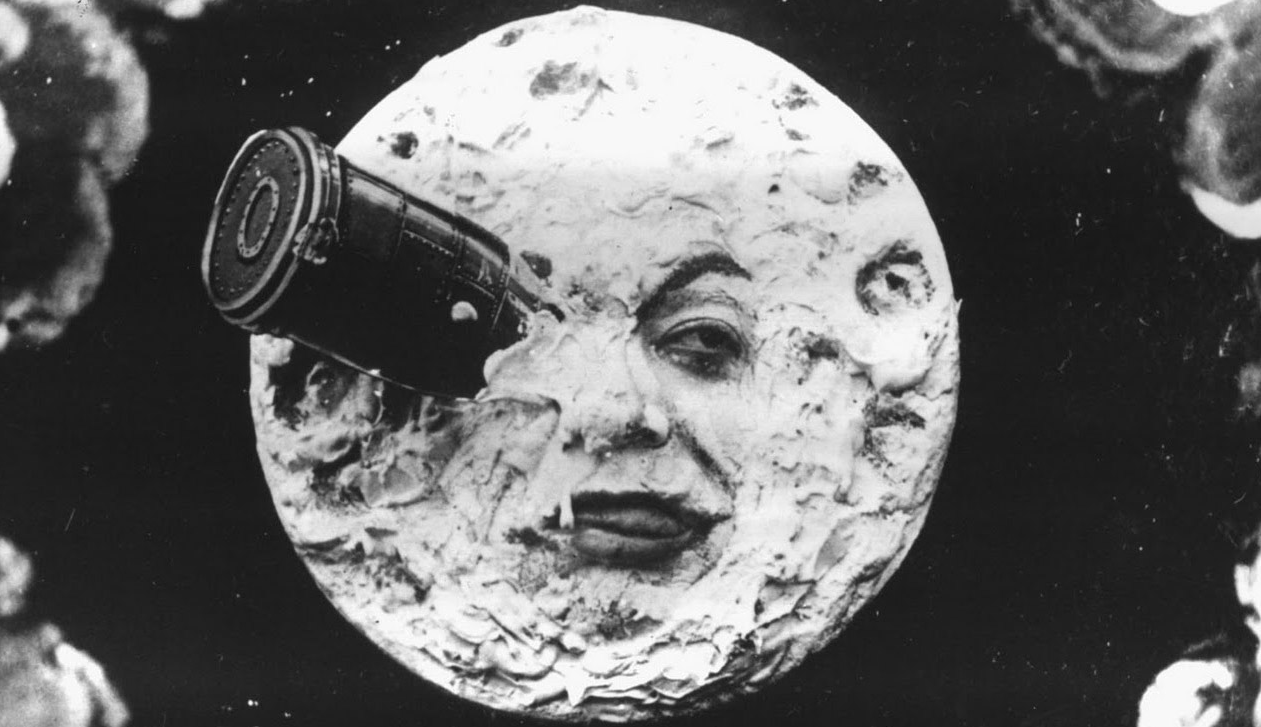Books & Culture
REVIEW: Misadventure by Nicholas Grider

by Benjamin Rybeck

I knew as soon as I touched the book’s waxy cover, ran my fingers over its grid of blue and brown and white lines making boxes against the black backdrop, felt the thick pages between my fingers, the stark all-black ones separating this book into sections, the red cardstock inside covers bookending the whole thing: A Strange Object would be a press worth following. Of course, the sharp design (done by Rodrigo Corral Design, Rachel Adam, and Amber Morena) would mean nothing if the text itself weren’t equally captivating, but Nicholas Grider’s Misadventure would warrant curiosity if it were photocopied, stapled together, and passed out at a busy Starbucks. This book feels small enough to fit in a jacket pocket, but sturdy enough to survive decades on a bookshelf.
It’s a strange object, indeed.
Grider’s debut story collection is the second book from the Austin-based A Strange Object (its first book being Kelly Luce’s Three Scenarios in Which Hana Sasaki Grows a Tail). Blurbed by Matt Bell, Brian Evenson, and Susan Steinberg, Misadventure features stories previously published in Caketrain, Conjunctions, and Hobart. Reading Misadventure is a bit like wandering through an exhibit of difficult artwork: some pieces make you want to stop and stare, while other pieces produce some puzzlement. Nicholas Grider himself is a photographer who leans toward the surreal.
Grider provides unity to Misadventure by focusing on themes — some content-related, others form-related — that weave throughout this book. His first sentence is “Millions of Americans do strange or extreme things without quite being able to articulate why,” and, in Misadventure, Grider presents a handful of these Americans.
It’s easy to imagine all of his characters showing up to the same party;
it’s equally easy to imagine none of them having any idea what to say to each other.
Few of these stories contain narrative movement in the classic sense of “plot.” Instead, the majority of the stories gain movement by mimicking the obsessive patterns of a character’s mind, as s/he finds him/herself stuck in one location, ruminating on one subject. In one story, the subject is a local news puff-piece about handcuffs. In another story, it’s a fire at an old school. In yet another, it’s the violent beating of a boyfriend. Whatever narrative thrust these stories contain comes from the way a singular subject opens up reserves of memory in the narrator, setting him/her loose in the past even if s/he remains at standstill in the present.
The stories often attempt to navigate difficult shifts in point-of-view.
Sometimes this is stunning, as in “Disappearing Act,” which tells the story of John and Aidan, office soul mates in a sort of “romance” gone wrong. But Grider’s real subject is the telling of the story and, after a few pages, he reveals the narrator, a man in another state, obsessing over the details he knows and doesn’t know, and obsessing over the person relating to him these details (an old friend named Stewart), while breaking the information into categories (e.g., “Conjecture” and “Common conjecture”). Several of Grider’s puzzles are interesting, particularly his two stories in the form of lists, “Formers (An Index)” and “Liars.” On the other hand, one story (called “Clean and Friendly”) about mysterious pools of water that show up in a city’s streets is mostly confounding — one of the photographs in Grider’s exhibit to pass by without much scrutiny.
Like any strong writer, Grider saves his best story for last, called “Cowboys,” about two men named Chris and Dale who have a lifelong friendship played out through bondage. “It’s about power,” they agree. “Not gay at all, but manly.” In other words, they believe bondage — the struggle to release oneself from the rope’s grasp — is about aggression, rather than submission, a decidedly un-“manly” trait (in their view). Of course, this winds up being the most important thing in their lives, and Chris and Dale’s relationship comes to supplant even their own marriages. (Sometimes Grider relegates these characters’ jobs to parenthetical statements.)
I think once again of the grids gracing Misadventure’s cover, those lines that your finger can always trace back to where it started.
In Grider’s first story, he writes, “When George ties Gary to the chair, he promises Gary he won’t get bored.” Throughout the collection, people tie each other to chairs. “Millions of Americans can’t quite explain how they feel or why and don’t know what to do about it,” Grider writes, and, for his characters, bondage becomes a way to stay tied in one place while the world seems to crumble beneath them. It’s not about manliness, or submission, or aggression, or sexuality, or any of that — the bondage is about having a clear problem to solve, and being able to solve it.
To purchase Misadventure, click here to be directed to A Strange Object’s site.









